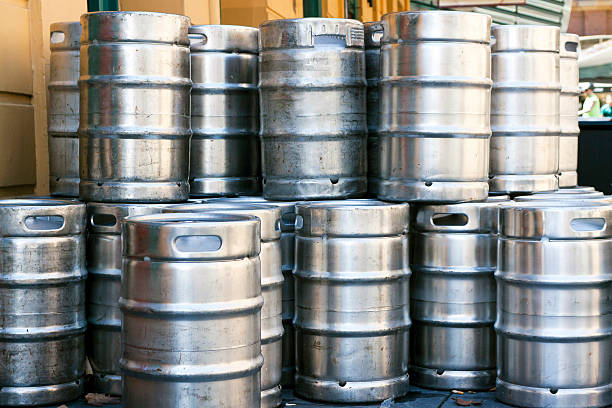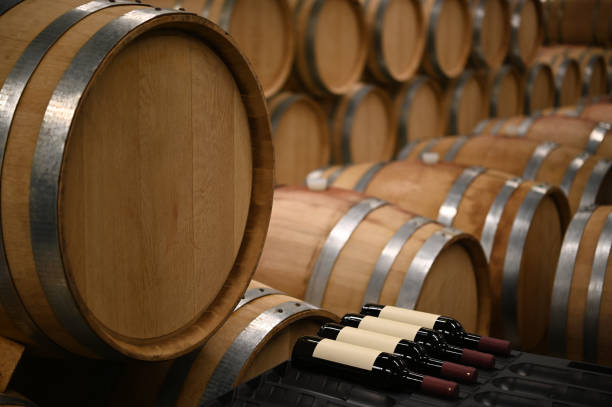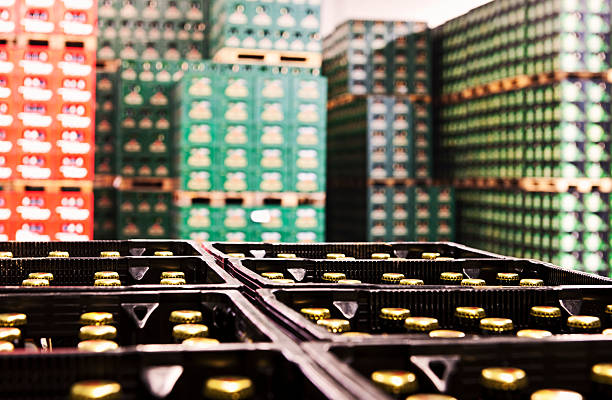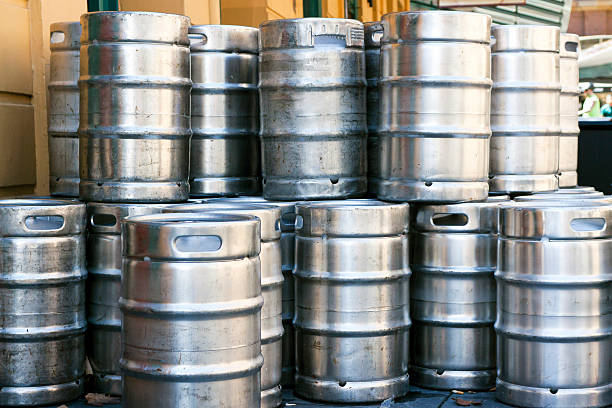When planning a gathering, whether it’s a backyard barbecue, a wedding reception, or just a weekend get-together with friends, one of the central questions often revolves around the beverage selection. Among the myriad of options available, keg beer stands out as a popular choice for its convenience, cost-effectiveness, and the communal spirit it fosters. However, the question, “How Much Is A Keg Of Beer?” is not as straightforward as it seems. The answer depends on a variety of factors, including the size of the keg, the brand of beer, and even the location where it’s purchased.
In this guide, we delve into the world of keg beer, breaking down the costs associated with different keg sizes and types, exploring how beer brand and geography influence pricing, and considering the additional expenses of keg rental. But cost is just one piece of the puzzle. We also expand our exploration to include practical considerations such as estimating the right amount of beer for your event, choosing the perfect beer to match your guests’ tastes, and ensuring your keg is stored and handled correctly for the best possible experience.
How Many Beers Are In A Keg?
Based on the information from the sources provided, the number of beers in a keg varies depending on the size of the keg. Here is a summary of the number of beers in different keg sizes:
- Half Barrel Keg (Full Size Keg): Holds 165 glasses (12oz) or 124 pints (16 oz) of beer.
- Cornelius Keg (Home Brew Keg): Holds 53 glasses (12oz) or 40 pints (16 oz) of beer.
- Sixth Barrel Keg: Holds 41 pints (16 oz) or 55 glasses (12oz) of beer.
- Quarter Barrel Keg (Pony Keg): Holds 62 pints (16 oz) or 82 glasses (12oz) of beer.
These numbers provide a general idea of the amount of beer you can expect in different keg sizes.
Understanding Keg Sizes and Pricing
The first key factor in determining keg pricing is size. Kegs come in a few standard dimensions, each holding different volumes of beer. The main options are:
- Half barrel – The most common size, holding around 165 beers or 15.5 gallons
- Quarter barrel – Holds roughly 85 beers or 7.75 gallons
- Sixth barrel – The smallest common size at 55 beers or 5.23 gallons
In general, the larger the keg, the more cost efficient it is in terms of beer volume. Buying a half barrel instead of multiple smaller kegs will typically get you the best value per ounce. However, smaller kegs like sixth barrels offer more flexibility if you’re serving a smaller group.
The base price for a keg before any additional charges is largely dependent on the size:
- Half barrel: $100-$200
- Quarter barrel: $65-$150
- Sixth barrel: $40-$100
Of course, the exact pricing can vary between brands and distributors. But this gives you an idea of the range to expect when budgeting. The per beer or per ounce cost always goes down when you buy larger – so keep your guest count and needs in mind when choosing!
The Influence of Beer Brand on Cost
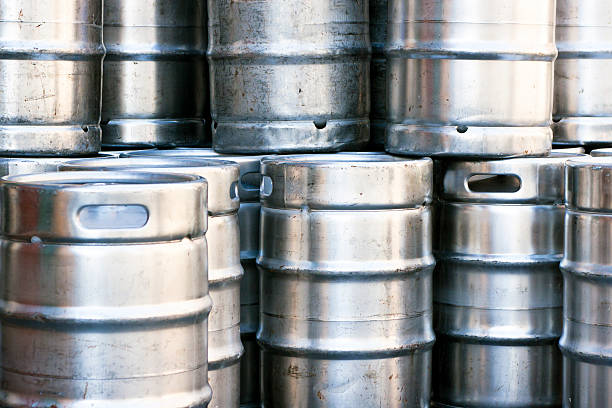
The Influence of Beer Brand on Cost
Just like when buying beer by the bottle or case, the brand and style you select for your keg will impact the base price. Main factors that play into cost variation by brand:
- Domestic vs. imported: Domestic beers made in the USA tend to be the most budget friendly options, while imported brands from places like Belgium and Germany often cost more.
- Mainstream vs. craft: Major domestic breweries like Anheuser-Busch and MillerCoors sell some of least expensive options. Craft breweries tend to be pricier.
- Alcohol content: Higher alcohol beers often demand more per keg than lighter low alcohol styles.
To illustrate, let’s compare two popular choices – Bud Light and Heineken:
- Bud Light (domestic lager): $140 for a half barrel
- Heineken (imported lager): $160 for a half barrel
While they are both classic light lagers, the imported beer from Heineken brings a small premium over the domestic Bud Light. When multiplied across a large keg, this price difference really adds up.
Consider the style and brand preferences of you and your guests as you evaluate options. Craft beer fans may be willing to pay more for local or unique brews than the cost of a basic domestic brand.
Additional Costs Associated with Keg Rental
In addition to the base cost of the beer itself, you’ll also need to account for rental fees associated with the keg shell and tap equipment. A deposit is generally required upfront to reserve a keg, which is later refunded when you return the empty keg and taps. Common fees include:
- Keg deposit – $30 to $50 per keg, returnable on empty keg drop-off.
- Tap deposit – $40 to $75 for tap kit if you don’t have your own.
- Tax – Beer excise taxes can add $5 to $20+ to total.
- Tap rentals – $10 to $25 per tap if renting beyond the first one.
- Keg tub/cooler – $10 to $20 rental fee if needed.
- Delivery fee – $10 to $30 for delivery from the distributor.
Doing a pickup rather than delivery and providing your own tap kit can help minimize some of these fees. But be sure to account for all charges – deposits, tax, and rentals can quickly tack on $100+ to your total keg spend. Consider it the cost of convenience!
Considerations Beyond Price
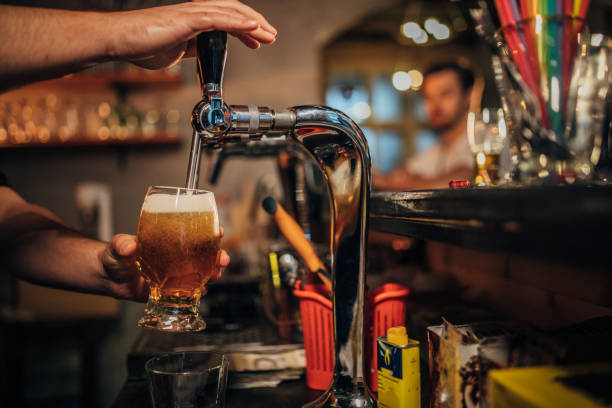
Considerations Beyond Price
Determining the perfect keg isn’t just about finding the cheapest base price. Here are some other factors to keep in mind as you make your selection:
Keg vs. Bottles/Cans – The Volume Comparison
How does the price per ounce on a keg compare to cases of bottled or canned beer? Let’s break it down:
- A half barrel keg holds 165 x 12oz beers = 15.5 gallons
- A 12 pack of cans is 12 x 12oz beers = 1.44 gallons
To match the volume of a half barrel keg, you would need about 11 cases of 12-pack cans. At around $15 per 12-pack case, that’s $165 worth of cans. The keg wins on volume!
Seasonal and Promotional Pricing
Pay attention to the time of year you’re buying. Seasonal beers around holidays or events sometimes come at a premium. Limited releases and special promotions can also impact pricing. For the best deals, buy your keg well in advance of peak times like summer or football season. Off-season buys reap savings.
Estimating Your Beer Needs
Do you really need a full half barrel, or will a quarter barrel do? Make sure to accurately gauge your guests and hours of service as you size your keg. For a rough estimate, plan for around 2 beers per person in the first hour, then 1 beer per person each additional hour. Buying more than you need means wasting good beer – and money.
Selecting the Right Beer Style
Choose a versatile crowd-pleasing beer style that appeals to the preferences of most guests. For a diverse group, lagers like pilsners and pale ales are universally refreshing. If it’s a wine and beer crowd, go lighter. For true beer geeks, make it interesting with IPAs or stouts on tap!
Storage and Handling Best Practices
Proper cold storage and handling prevents foamy pours or beer going flat. Store unopened kegs upright and cold for no more than 2 weeks. Once tapped, empty kegs quickly – within 3 days for pale beers, 5 days for darker varieties. Rotate backup kegs to always pour freshness.
Environmental Impact: Kegs vs. Bottles/Cans
In terms of sustainability, kegs are the clear eco-friendly choice. Refillable stainless steel keg shells reduce waste versus bottles or cans. And less packaging means lower carbon emissions in production and transport. Going green feels good!
Local Laws and Regulations on Keg Usage
Don’t forget to familiarize yourself with any state or local laws on keg registration, deposits, and returns that could impact pricing. Some areas require an ID-tracking sticker on kegs. Call ahead to your distributor to ensure full compliance.
Conclusion: How Much Is A Keg Of Beer
As we’ve explored, the cost of tapping a keg depends on many factors – size, brand, style, and more. And additional charges beyond the base price of beer can quickly add up. But armed with the insights above, you can make an informed decision on the perfect keg for your needs and budget. The bottom line? Shop early, estimate accurately, and rent responsibly. Follow those tips, and you’re guaranteed smooth kegging ahead! The draft beer will be flowing freely in no time.

